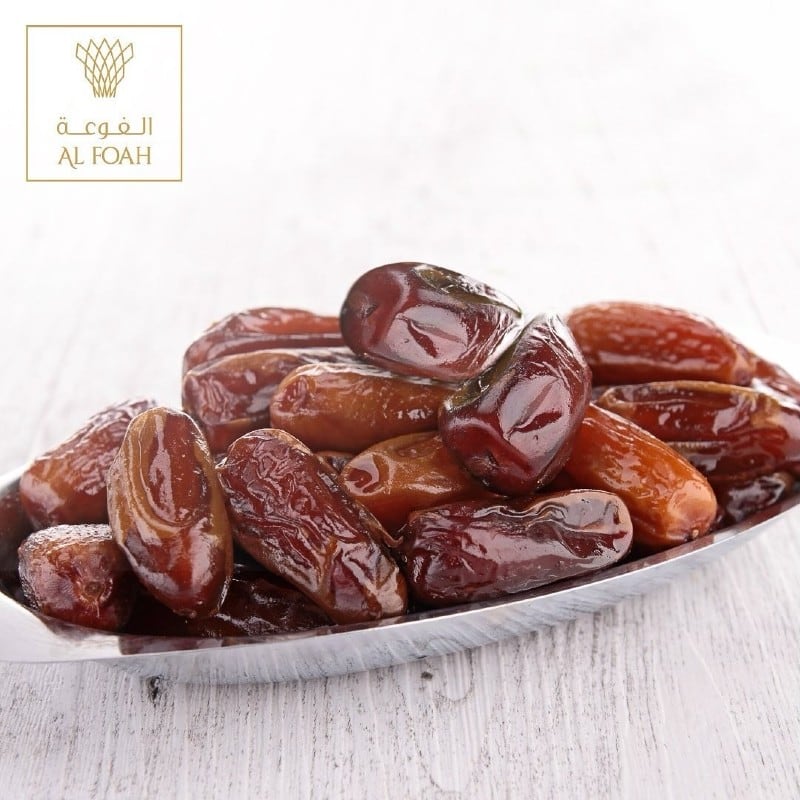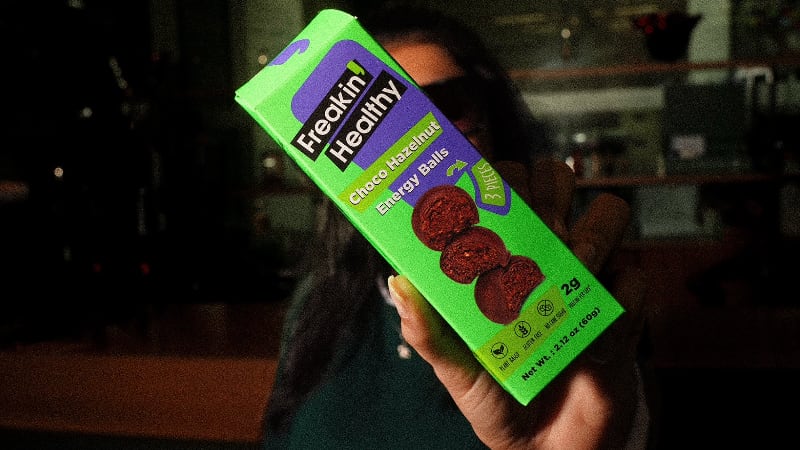Founded by Sarah Hamouda, the brand was launched in 2021 but only became viral this year — thanks to food influencer Maria Vehera, who filmed herself eating the chocolate bar and posted the video on TikTok, which has garnered over 70 million views to date.
Since then, people from all over the world have shared their own reactions or tried to replicate the recipe at home, with the “Dubai chocolate fever” spreading beyond the UAE to the US, Europe, and Asian countries like South Korea and Singapore.
According to senior research analyst Monique Naval from Euromonitor International, this is the first time in recent years that a product from the Middle East has gained such global attention.
“While the Middle East has other unique chocolate offerings, such as chocolate-covered dates and camel chocolate, these have mostly been bought as souvenirs and their popularity have been rising organically over the years. In contrast, FIX’s instant growth has been supported by social media and its limited production indicates exclusivity.
“The increasing number of chocolatiers on social media has been driving consumer interest. With FIX’s variety of filled chocolates going viral online, it showcases the growing influence of digital platforms in shaping modern confectionery trends,” Naval told FoodNavigator-Asia.
As every chocolate bar - including the colourful designs atop each one - is reportedly handcrafted, there is a limited production capacity of 500 bars per day.
Moreover, they are only available in Dubai via food delivery service Deliveroo. This exclusivity adds to its allure, as evidenced by the products typically being sold out within minutes.
The manner in which FIX Dessert Chocolatier has blown up also begs the question of whether such viral products are able to enjoy sustained popularity.
“Viral food trends have the potential to sustain growth, if the product continues to innovate based on consumer demands at acceptable price points.”
Although the 200g chocolate bars retail for $20 each, the massive demand has led to a reseller market, where the products are being sold at marked-up prices in various countries.
For example, Singapore snacks retailer The SGFR Store is retailing four flavours of the bar at SGD59 (USD43) each, which have sold out on its website as of publication date.
Despite the immense demand, FIX has yet to announce any plans to bring its products to international markets.
Key takeaways
While health and wellness is a fast-growing trend in the snacks category, the success of FIX underlines indulgence as a prevailing factor influencing consumers’ purchasing decisions.
In Euromonitor’s Voice of the Consumer: Lifestyles Survey, 23.8% of UAE respondents strongly agree that they like to try new products and services.
Additionally, 30.3% of UAE respondents typically eat snacks to treat or reward themselves.
“FIX’s unique appeal lies in its regional flavours, such as knafeh (a traditional Arabic cheese-based pastry) and karak (a type of spiced tea).
“The instant success of the brand will inspire chefs to try out the recipes on their own and experiment with more flavours. More artisanal brands are expected to enter the market and capitalise on social media as a low-cost marketing tool to showcase their offerings,” Naval said.
The names of the chocolate bars, such as “Mind Your Own Biscoff” and “Can’t Get Knafeh Of It”, are also believed to contribute to their ability to grab attention.
“Based on our ‘Top Five Digital Consumer Trends in 2024’, TikTok will continue to surge in popularity. As more consumers turn to social media platforms for product discovery, these platforms are swiftly replacing search engines like Google. Short-form video content and a nascent creators’ economy will further support their growth.
“More brands will try to get their products to go viral online to boost sales, giving rise to paid advertising. However, it should be noted that some of the most influential TikTok trends have emerged organically from users on the platform, without any direct brand involvement. Thus, brands would need to first leverage social media for higher consumer engagement.”





